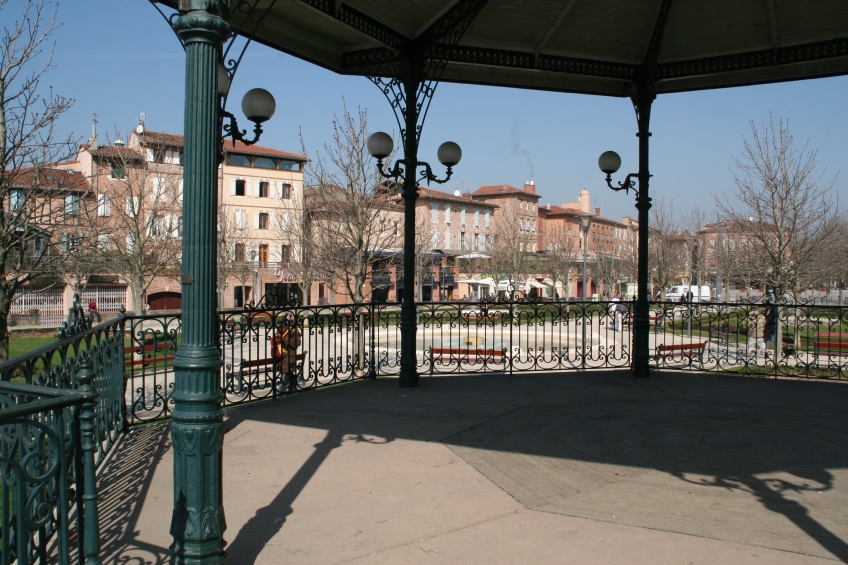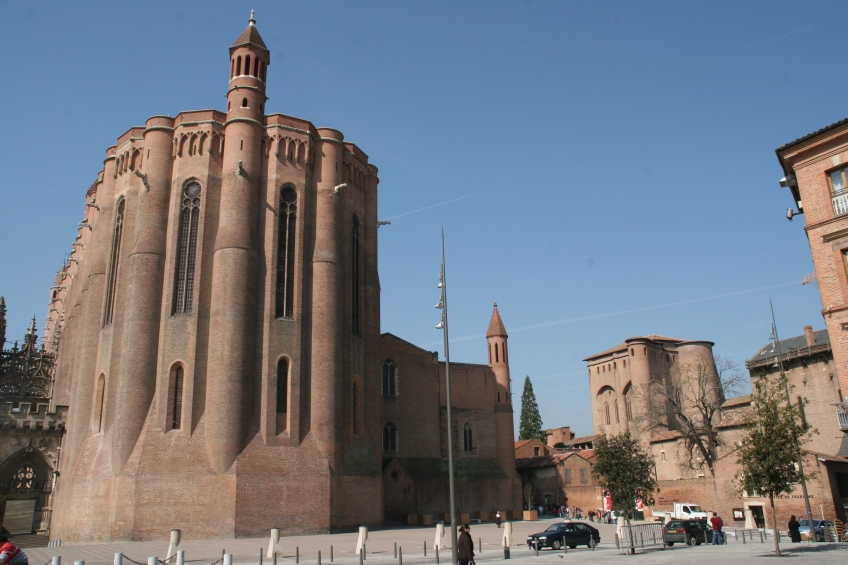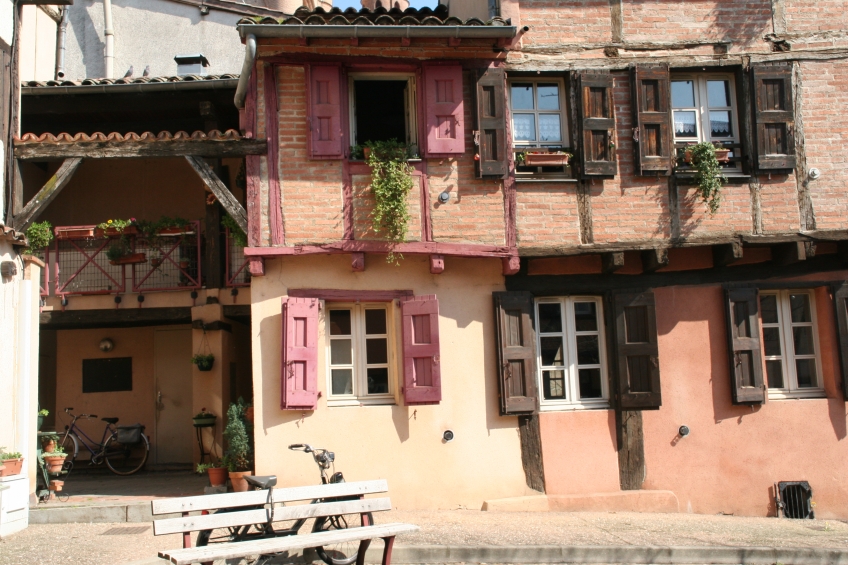Albi
Historical information. Albi benefitted from a long period of commercial prosperity largely due to the growing of “l’Isatis Tinctoria” locally known as pastel. The superb private mansions of the Renaissance period are evidence of the fortunes acquired by the pastel dealers. The economic boom withered following poor harvests, competition from indigo blue and the damage caused by religious wars.
During the 12th and 13th. century Albi was such an important centre of the controversial Cathar religion, that all participants (who supported the forbidden religion of Albi ) became known as the Albigeois. Judged to be heretical by the Roman Catholic church, it was violently put down during the albigensian crusades. Albi itself returned to Catholicism without resistance; the construction of the fortified Bishop’s palace and the imposing Sainte-Cécile cathedral anchored the town into the bosom of the church.
To-day, Albi is a centre of innovation promoting, with the Albi-Carmaux school of mining, research (in solar energy, cars and clean fuels). The town takes advantage of its natural resources (pleasant climate and countryside) and culture to develop green tourism which is expanding. It is also refurbishing and improving itself with for example the place du Vigan, and very recently that of the cathedral square, to the delight of its inhabitants and tourists.
In this region we have included the towns of Réalmont, Graulhet, Fauch.






